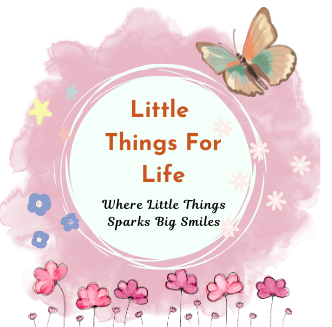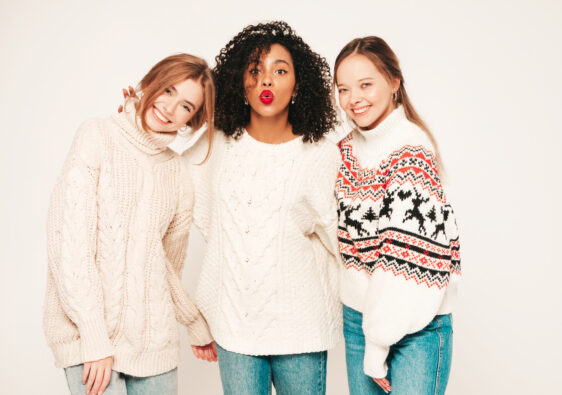Fast fashion has gained popularity by offering trendy designs at affordable prices. However, its quality and ethical practices are often questioned. This article will tell you about anecdotes about fast fashion, its harmful effects, and sustainable alternatives that promote ethical consumption.
Why the subject of fast fashion frequently sparks intense debates in comment sections on internet?
As per research, a fashion psychologist and chartered educational psychologist Dr. Dion Terrelonge is looking for solutions. According to her, it is closely related to our sense of self, we believe that our hobbies, preferences, and surroundings, such as the neighborhood in which we reside, all reveal something about who we are. Therefore, we believe that because of our closeness to an activity that is viewed negatively or unfavorably, we are also being viewed negatively. People then become defensive because that is precisely what they are trying to do, protect their identity.
Why Fast Fashion is Harmful
Fast fashion’s appeal lies in its affordability and quick turnover of styles, but it comes at a significant cost:
- Low-Quality Clothing: Fast fashion items are often made with cheap materials that wear out quickly, leading to frequent replacements.
- Worker Exploitation: Many fast fashion brands rely on underpaid labor in unsafe working conditions in developing countries.
- Environmental Harm: The production process contributes to pollution, resource overuse, and massive textile waste, with much of it ending up in landfills.
- Overconsumption: The constant production of new styles encourages excessive consumerism, straining resources and adding to waste.
These issues highlight the urgent need to prioritize sustainable and ethical clothing choices.
Customer Anecdotes About Fast Fashion Quality
Despite its popularity, fast fashion often disappoints customers with inconsistent quality and durability. Here are some real-life experiences:
Fast Fashion User 1
- Experience: Purchased bodysuits and sleepers for their baby, but the items were scratchy and rough, irritating their baby’s skin. A switch to another fast fashion brand resulted in clothing that was thin, cheap, and inconsistently textured.
- Opinion: Both options failed to meet expectations, leaving the customer dissatisfied.
Fast Fashion User 2
- Experience: Observed that fast fashion clothing is generally perceived as cheap and low-quality.
- Opinion: It is unsuitable for those seeking durable or premium fabrics.
Fast Fashion User 3
- Experience: Criticized the lack of high-quality, natural fabrics in affordable baby clothes. Some garments contained irritating chemicals.
- Opinion: Cheap baby clothes often compromise comfort and safety.
Fast Fashion User 4
- Experience: Questioned why anyone would expect quality from fast fashion.
- Opinion: Fast fashion prioritizes affordability and trends over durability.
Fast Fashion User 5
- Experience: Compared fast fashion to other budget brands, finding similar issues but preferring the color palette of one brand over another.
- Opinion: The appealing designs may offset low quality for some consumers.
Fast Fashion User 6
- Experience: Shared mixed experiences, with some fast fashion items lasting over a decade while others were quickly discarded.
- Opinion: The quality of fast fashion is inconsistent, with occasional durable pieces amidst predominantly low-quality options.
These anecdotes reveal that while fast fashion is accessible and trendy, it often disappoints in terms of durability, comfort, and consistency.
Sustainable Alternatives to Fast Fashion
Many brands prioritize sustainability and ethical practices, offering quality clothing that lasts longer and has a lower environmental impact. According to The Good Trade, these brands include:
- Pact: Fair trade organic cotton basics.
- Kotn: Egyptian cotton staples that support local communities.
- Quince: Affordable silk and cashmere made with sustainable materials.
- tentree: Plants 10 trees per item sold and uses eco-friendly fabrics.
- Fair Indigo: Organic Pima cotton basics with fair trade practices.
- Everlane: Transparent factories and modern wardrobe staples.
- Allbirds: Sneakers and activewear made from renewable materials.
- Sézane: Elegant workwear made with sustainable materials.
- Etsy: A marketplace for vintage and handmade apparel from independent creators.
- Reformation: On-trend clothing from sustainable and upcycled fabrics.
- Warp + Weft: Size-inclusive denim made sustainably.
These brands focus on eco-friendly materials, fair labor practices, and long-lasting designs, setting them apart from fast fashion.
Budget-Friendly Sustainable Shopping
Cost-effective Eco-Friendly Purchasing
Second-hand stores provide eco-friendly choices for individuals on a tight budget:
Charity stores have become important outlets for people looking to purchase reasonably priced, gently used goods while also contributing to worthwhile causes. In addition to providing distinctive goods that give personality to a person’s wardrobe or house, these shops also let customers order particular items, which improves the shopping experience. Customers who value sustainability are adopting the second-hand lifestyle, choosing to buy everything from clothes to furniture at secondhand retailers to reduce waste and save money. Additionally, repairing and recycling clothing encourages people to fix rather than replace, which lowers overall consumption and promotes a more sustainable way of life and fashion. This practice cultivates a culture of conscientious consumption.
One person talked about how they were able to get eco-friendly things like shampoos and soaps without plastic since they were able to save money by buying secondhand.
Overshadowed by its ethical and environmental flaws, fast fashion apparel frequently falls short in quality. The true cost to labor, the environment, and customer happiness is substantial, despite its price and accessibility. Customers can create a wardrobe that reflects their ethical and environmental ideals by selecting sustainable products or looking into second-hand possibilities.




